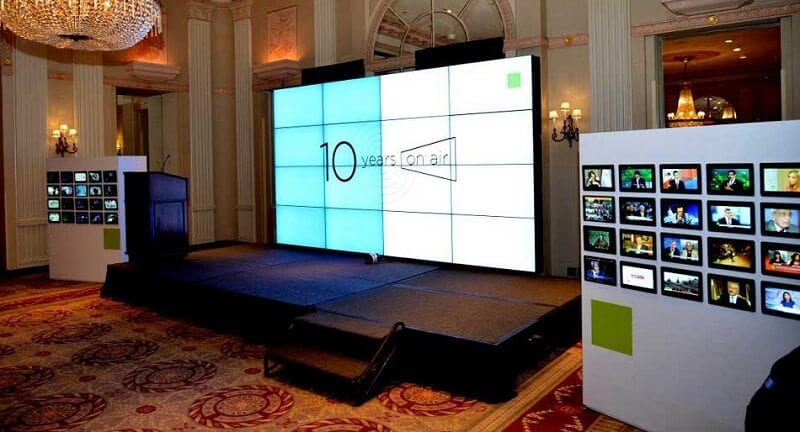Comprehending the Typical Causes of Light Emitting Diode Wall Display Breakdown
Wiki Article

LED panel panels are commonly used in various environments, ranging from advertisements to home cinemas. These panels are popular because they deliver bright and vibrant images while being power-saving. However, similar to all electronic devices, LED panel screens can experience failures. Comprehending the common causes of these malfunctions is crucial for maintaining their performance and guaranteeing durability. This piece explores several key elements that can contribute to the malfunctioning of LED wall screens.
One of the primary frequent reasons of malfunction in LED wall panels is excessive heat. LED systems generates heat during operation, and if this heat is not properly managed, it can harm internal parts. Poor ventilation or inadequate cooling systems can worsen the problem. When the heat increases beyond the suggested levels, it can lead to reduced brightness, color distortion, or total breakdown of the screen. Regular maintenance, including cleaning air openings and ensuring adequate ventilation, can help prevent overheating and extend the life of the screen.
Another significant factor contributing to LED wall panel failure is electricity spikes. Fluctuations in the power supply can cause damage to digital parts within the screen. Sudden jumps in electricity can lead to blown fuses or damaged circuits, resulting in malfunctioning displays. Using voltage safeguards and voltage regulators can reduce this threat by normalizing the power supply and protecting sensitive electronic components. Ensuring that the electrical system is up to standard and able of supporting the electricity requirements of the panel is also essential.
Environmental conditions play a vital role in the functionality of LED panel screens. Exposure to extreme temperatures, humidity, or dust can adversely impact their functioning. For example, high humidity can result to water buildup inside the screen, which can result in short circuits or corrosion of internal components. Similarly, excessive dust accumulation can block airflow and result to overheating. Placing LED panels in controlled environments and frequently maintaining them can assist preserve optimal functionality and prevent failures.
Additionally, production like it flaws can lead to early failures in LED wall screens. Quality assurance during manufacturing is crucial to guarantee that each screen meets market standards. Faulty components or poor assembly can result in problems such as inactive pixels or irregular brightness. It is crucial for buyers to buy LED panel panels from reputable manufacturers that provide guarantees and service. This ensures that any potential defects can be resolved promptly, minimizing downtime and frustration.
In summary, comprehending the frequent causes of LED wall screen failure can help find out here now users take preventive measures to ensure their durability and performance. By tackling overheating, safeguarding against power surges, considering external conditions, and selecting quality items, consumers can greatly minimize the chance of failure. Regular maintenance and knowledge of these elements will lead to a better performance with LED wall screens, regardless for personal or business application.